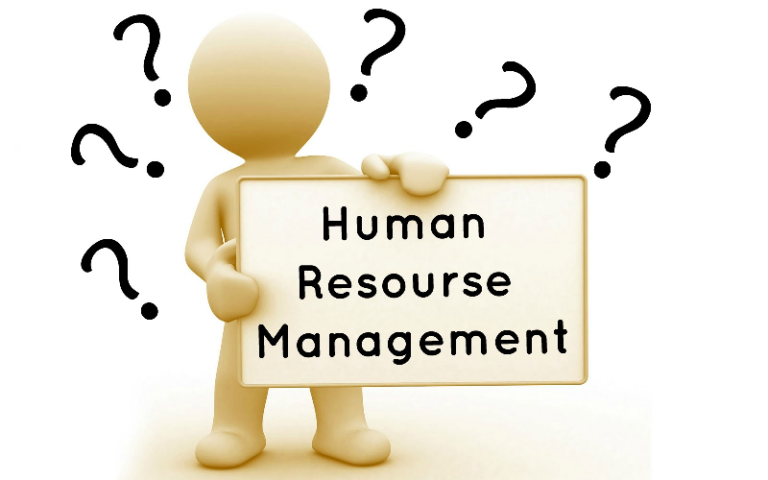A business card is not only a representation of your company but of you. Think of a business card as a tool that helps you effectively market your services and you as a brand.
When potential clients see your business card, they form a first impression, very much like an initial meeting. This is why it is important to design an appealing and well-thought-out card that will attract new customers.
Continue to read to learn how to design a business card that will create results!
Select Important Information Only
Since a business card is small in size, it is imperative to limit your text. You do not want to write so much information that it becomes overwhelming to your potential clients.
Reserve your text space for only the most important information. Such information can include your name, email address, phone number, and address. Unnecessary fluff or details have no benefits.
Ensure Details Are Easy to Read
Font and text size has a big role to play. A business card is an opportunity to provide critical contact information to potential customers. Such information must be easy to read.
You do not want potential clients searching all over your business card, spending valuable time looking for your email address or phone number. This will only cause unnecessary frustration.
Make sure all crucial information is clear and big enough to see easily.
Design is Key
As highlighted above, potential customers will have the first impression after seeing your business card. This is why it is important to place a considerable amount of time designing the look of your card.
It is wise to incorporate company colors or branding. Your business card should be reflective of the company as a whole. A business card that looks completely different from company branding is inconsistent and will confuse clients.
The enjoyable thing about business card design is you can be as creative as you would like. You can design cards of various shapes or sizes.
Some companies even incorporate the shape of their product in the card’s design. As an example, a surfing company can have business cards in the shape of a surfboard.
Colors can help make your card stand out. If you feel inclined, use an assortment of complementary colors to ensure your business card pops! Do not go overboard, however. Too many colors can be unattractive to the eye.
Often companies include their logo on business cards. This is a good idea as it helps your card stay on-brand.
Quality Printing
After designing an appealing card, it is equally as important to print it on quality paper. You do not want your card to be flimsy or rip easily. Many companies prefer a sturdy and glossy look.
New era print solutions can help ensure quality printing. Quality printing is a factor often noticed by potential customers.
How to Design a Business Card and More
How to design a business card is one of many business-related topics we discuss. Additional topics include human resource management and how to create a practice management system. To learn more about exciting business trends, check out more of our blog today.





